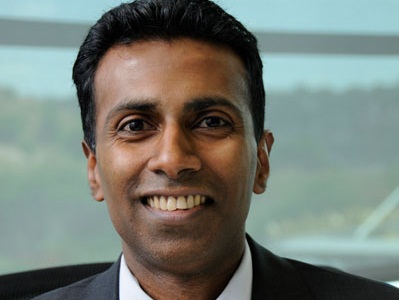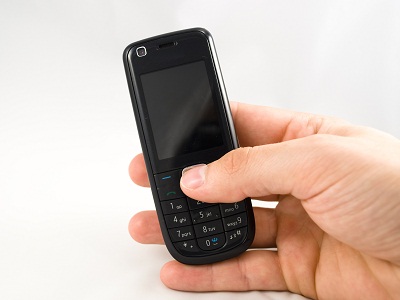The recent rebellions in the Middle East and North Africa have shown to the world the power of recording and disseminating revolutionary events often denied by oppressive regimes; and the proliferation of mobile phones has proved to be a necessary piece of media weaponry for these citizen journalists.
How then, can mobiles be used to maximize the efficiency of their citizen journalists?
The Mobile Media Toolkit created by MobileActive, clarifies problems that may arise while using mobiles in media and assists citizen journalists in their endeavors to deliver their own perspectives of events to the rest of the world.
The Toolkit—available in English, Spanish and Arabic—provides how-to guides, wireless tools, and case studies on how mobile phones are being used for reporting, news broadcasting, and citizen media.
Citizen journalists often report out of necessity so mobile phones are a rapid, covert, and cheap communications channel to suits their needs. In hostile regions where journalism is censored or banned altogether, citizen reporters must be prepared for reacting to quickly changing situations and security measures.
MobileActive’s online resource has information relevant for varying prototypes, from the basic Java phones to the latest smartphone. The tool kit has five main components consisting of:
- Creating the Content—Knowing how to capture multimedia enables reporters to capture breaking news and information at a moment’s notice. This section discusses capturing content (like photos, video, audio, and location information) on phones, both smartphones and otherwise; editing that content; (briefly) sharing that content online.
- Sharing Content from Mobile to Media—Explores content platforms that let mobile phone users (including trained journalists, untrained content producers, or even “readers”) easily upload content to various mediums. This section also looks at blogging, microblogging, and uploading multimedia.
- Delivering Content Online from Media to Media—Covers how to make content (text, audio, video, and more) accessible to a mobile audience in various ways, including text message alerts, audio channels like phone calls and radio, mobile web, mobile apps, and location-based services.
- Engaging the Audience—This section articulates how to engage audiences on their mobile phones to make it more participatory. Since social media has become an important conduit for engagement, understanding mobile social media, “listening” to the audiences are saying, and thinking about audiences as participants and content creators rather than passive recipients of content. The section focuses on helping media organizations see their mobile-using audiences as participants in the media process.
- Making Sure Information is Secure
- The Mobile Surveillance Primer helps identify and understand the risks involved with mobile communication in citizen journalist’s work. The Primer goes over basic mobile surveillance, and acknowledges what kind of information can be transmitted by or stored in your phone.
- The Tips and Tools section discusses specific use cases
- Mobile Active’s Security Risk Primer—to help activists, human rights defenders, and journalists assess the mobile communications risks that they are facing, and then use appropriate mitigation techniques to increase their ability to organize, report, and work more safely.
MobileActive’s new Mobile Media Toolkit covers all the bases in what citizen journalists should know about reporting with their mobile phones.
Hopefully this how-to initiative will encourage more citizen journalism efforts beyond the Middle East and North Africa to all repressive governments, enhancing efforts for citizens to hold their government’s more accountable and transparent.

















































